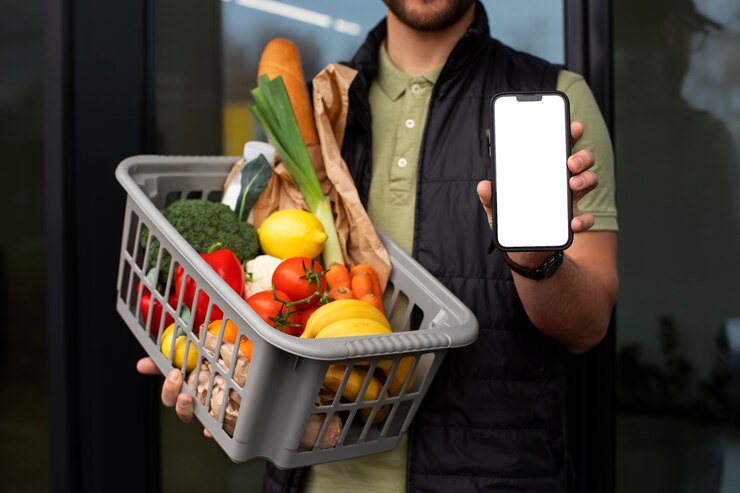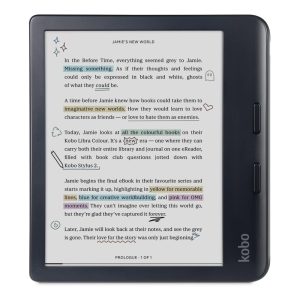
In the digital age, the demand for convenience and speed in accessing everyday necessities has led to a significant rise in the popularity of grocery delivery apps. These platforms not only simplify the shopping experience for consumers but also offer grocery stores a channel to expand their reach and increase sales. The development of a grocery delivery app involves careful planning and understanding of what features are essential to meet the needs of both consumers and grocery stores. This article explores the key features that are crucial for the success of a grocery delivery app.
User-Friendly Interface
The interface of your grocery delivery app should be intuitive and easy to navigate. Users should be able to find what they are looking for without any hassle. This includes:
Simple Registration Process: A straightforward sign-up process using email, phone number, or social media accounts.
Effective Search and Filters: Enable users to search for products and apply various filters such as price, brand, category, and dietary preferences.
Clear Product Listings: Products should be listed with clear images, prices, descriptions, and nutritional information if applicable.
Secure and Multiple Payment Options
To ensure a seamless checkout experience, your app should support multiple payment methods including credit/debit cards, mobile wallets, and cash on delivery. Security is paramount, so implementing features like SSL encryption, two-factor authentication, and compliance with PCI DSS (Payment Card Industry Data Security Standard) is essential.
Real-Time Order Tracking
Offering real-time tracking of orders not only enhances customer satisfaction but also builds trust. Users should be able to view the status of their order, from preparation to dispatch, and track the delivery agent’s location in real time.
Push Notifications
Push notifications are a powerful tool to engage users. They can be used to inform users about new products, special offers, order status updates, and reminders to restock their pantry. However, it’s important to use this feature judiciously to avoid overwhelming users with too many notifications.
Customer Support
Reliable customer support is crucial for addressing any issues users may encounter. This includes:
- In-app Chat Support: Allow users to instantly connect with customer support within the app.
- FAQs and Help Center: A dedicated section for frequently asked questions can help users resolve common issues on their own.
Feedback and Ratings
Encourage users to leave feedback and rate their shopping experience as well as individual products. This not only helps in improving the service but also assists other users in making informed decisions based on reviews.
Loyalty Programs
Implementing loyalty programs that reward users for their purchases can enhance customer retention. This could be in the form of discounts, points, or exclusive offers for frequent shoppers.
Personalization
Using AI and machine learning algorithms, grocery delivery apps can analyze user behavior and preferences to offer personalized recommendations and deals. This enhances the shopping experience by making it more relevant to the individual user.
Easy Reordering
Allow users to quickly reorder items from their past purchases. This is particularly convenient for products that are bought frequently.
Detailed Analytics for Store Owners
For grocery store owners, detailed analytics on user behavior, sales patterns, and inventory levels are invaluable. This data can help in making informed decisions regarding stock management, marketing strategies, and product placements.
Efficient Delivery Management
For the backend, having a robust delivery management system is essential. This should include features for assigning orders to delivery personnel, optimizing delivery routes, and managing delivery schedules to ensure timely deliveries.
Conclusion
Developing a grocery delivery app is a complex process that requires a deep understanding of the market and the needs of both consumers and grocery stores. The features mentioned above are essential in creating a user-friendly, efficient, and secure app that can stand out in a competitive market. It’s also important to keep evolving and updating the app based on user feedback and technological advancements to stay relevant and continue providing value to users. Successful grocery delivery apps not only make shopping convenient but also transform the way we access and consume groceries, leading to a more connected and efficient world.



